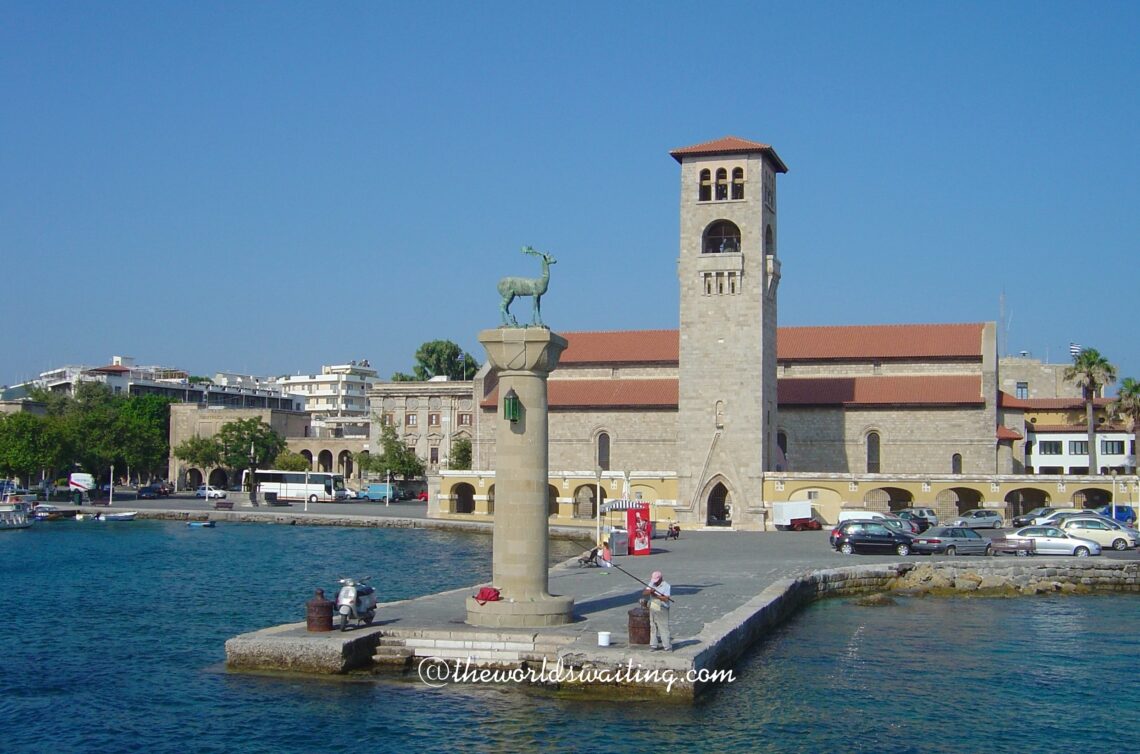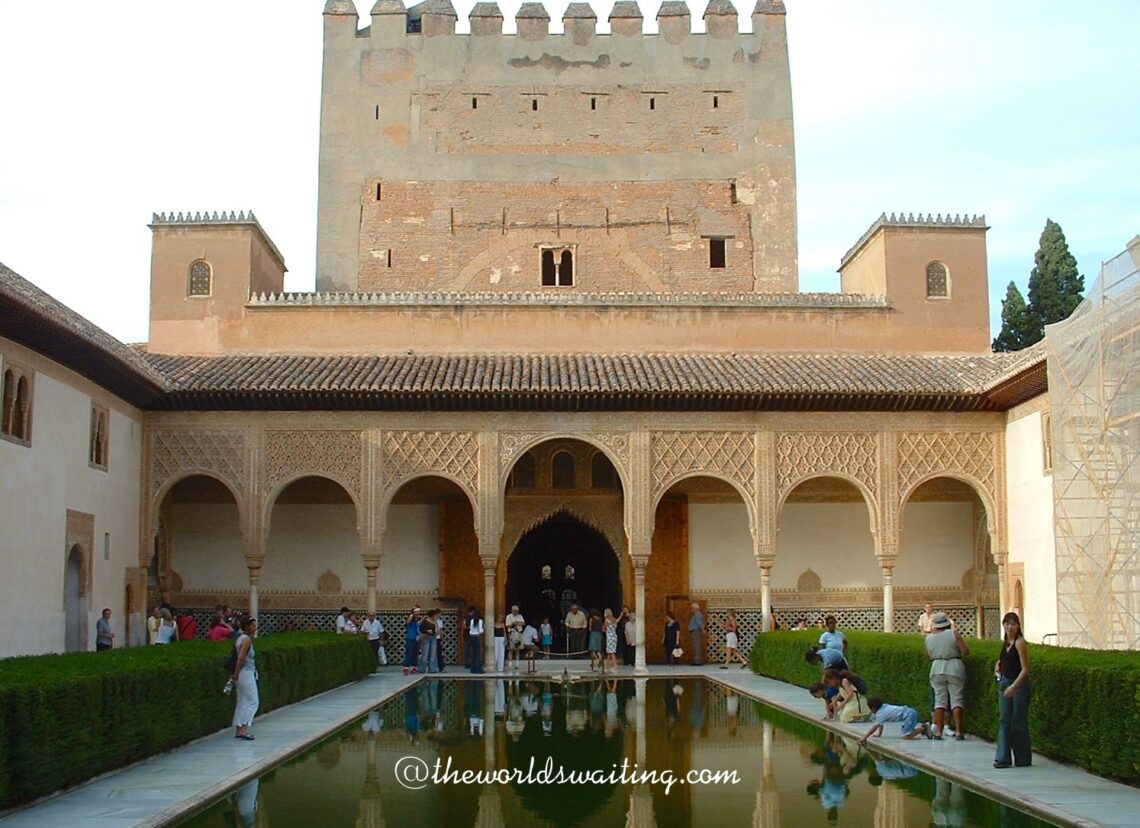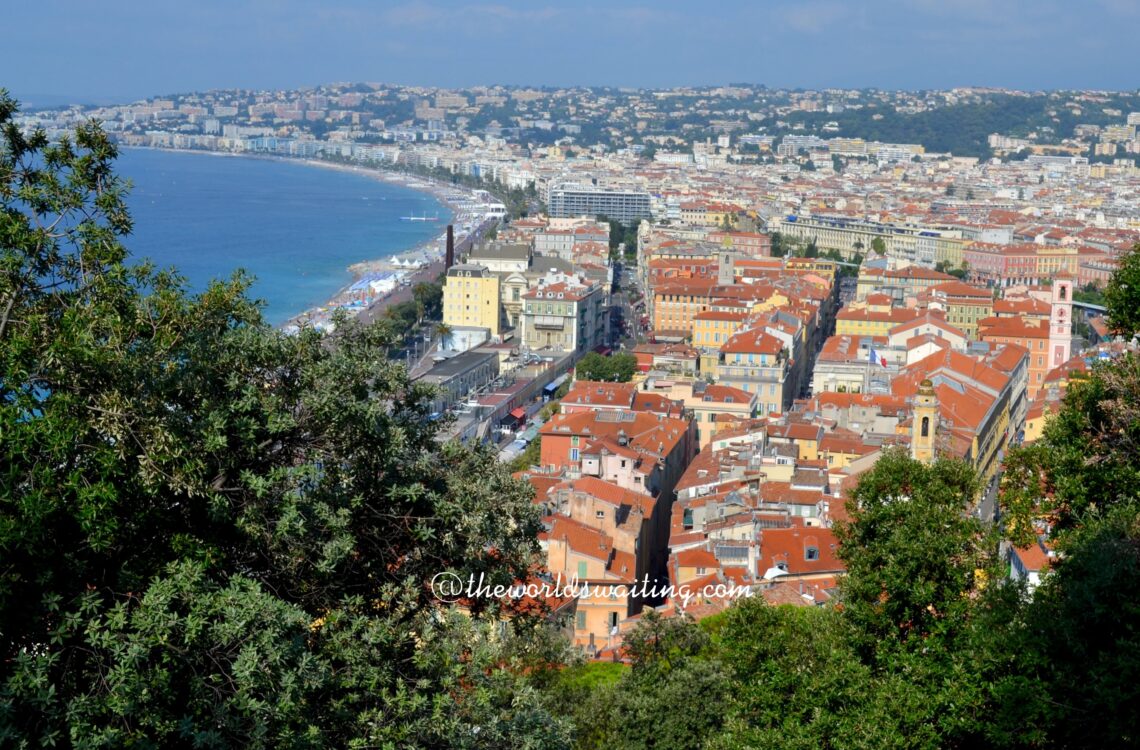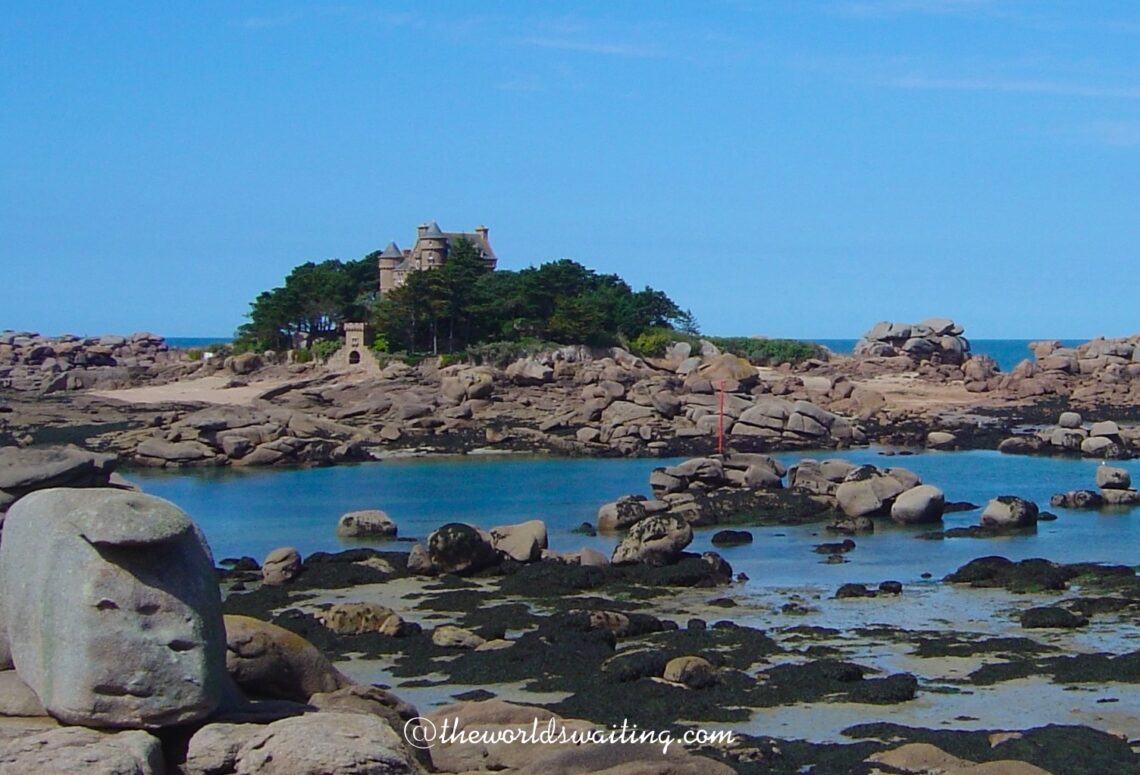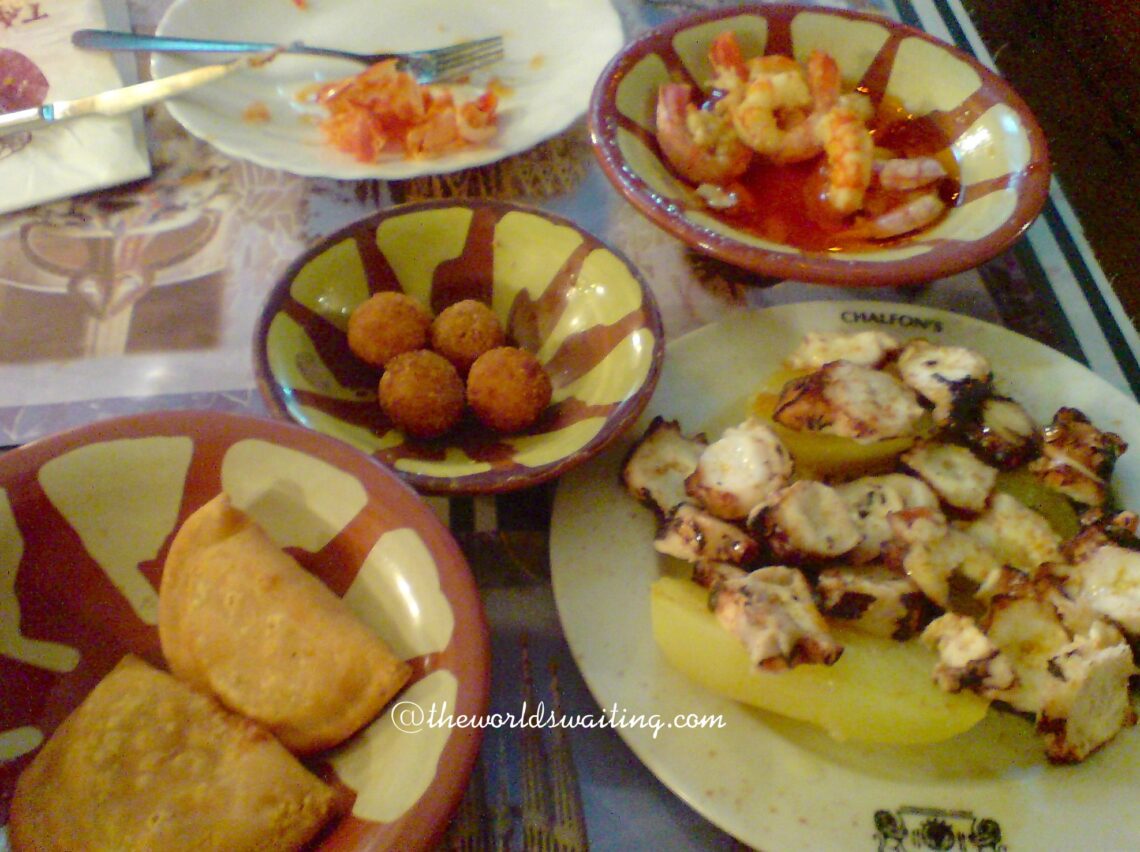Things to do in Rhodes
There are so many Greek islands to choose from, deciding between them can pose a problem. Rhodes has history, shopping, beaches and partying, something for everyone. Here are a few things to check out if you want to make the most out of your trip to Rhodes. Rhodes Old Town History is one thing that Rhodes has by the bucketload. Having been established in the fifth century Rhodes Old Town is certainly old. This area of Rhodes offers a maze of over 200 narrow streets and lanes in which to get happily lost in. The medieval heart of Rhodes is a wonderful spot for a drink in one of the…
Getting started in the UK
From the green fields and historic country houses to the bustling, multicultural metropolis where anything goes that is London, the UK is definitely an exciting destination. Like anywhere, it can seem complicated when you arrive. Read on for my essential guide on how to get started in the UK. UK accommodation Before you start trying to sort out anything else in the UK you need to have somewhere to sleep. Finding rental accommodation is often simple enough through letting agents, which is a good option if you have moved to the UK with a selection of flatmates (make sure you have six weeks rent upfront as a deposit, your first…
Alhambra
The Alhambra is a palace, fortress and a feast of Moorish architecture. To squeeze some culture into your break on Spain’s coast get up to Granada where you will be rewarded with exotic and lavish gardens and an exquisitely decorated palace. One of Spain’s 42 UNESCO heritage sites, the Alhambra has a rich history of occupants including both Arabs and Christians (not together obviously). It consists of a palace with functional areas, living rooms and a harem, the main fortress and a residential area for subordinates. It was built perched on a hilltop and different parts seem scattered about and connected by courtyards. The history of the Alhambra The complex…
European cities – what not to miss
With so many people, cultures and influences all packed into a relatively small area, it comes as no surprise that Europe boasts some of the world’s most interesting cities. Here are some European cities not to miss. Europe offers a plethora of different towns and cities to explore and enjoy, so how did I choose just the few you see here? The simple answer is that I chose my favourites. We all have different priorities and preferences. These are the things I love about these cities, which are not necessarily capital cities incidentally. Maybe you will agree with my choices, maybe not. Let me know! Nice, France The perfect marriage…
Ightham Mote
If you are looking to step back in time and visit a medieval manor house then Ightham Mote, built over 700 years ago might be just the thing. Ightham Mote was built in the 14th century and has changed very little since it’s original design. The house is made up of over 70 rooms built around a central courtyard and sits on its own little island surrounded by a square mote. Three bridges provide access. Impressive features include the great hall, chapel, solars, crypt and a tudor painted ceiling. The property also boasts the only existing Grade 1 listed dog kennel. As you wander around the property taking it all…
Chocolates in Provence
You miss out if you go to France but fail to enjoy their chocolate shops. Such is the value placed on quality chocolate that most French towns have their own chocolatier dedicated to meeting the population’s every chocolate need. The fact that chocolates have their own dedicated shops in France says something about what you can expect to find inside. Chocolate-making is a respected art-form in France and all sorts of impressive creations can be discovered inside the country’s many little chocolate-treasure-troves. Obviously being such a big fan I made sure that I paid a visit to Joel Durand’s chocolate shop when in Saint-Remy de Provence recently and I was…
Emmetts Garden, Kent
Kent in the south east of England is lovingly referred to by many as the garden of England, on account of the lush and abundant greenery especially during spring and summertime. On a recent trip back home I visited Emmetts Garden for the first time since my childhood and saw that few places are as obviously well-cared-for and thriving as Emmetts Garden, a National Trust property in Ide Hill, near Sevenoaks. The property consists of a house and about six acres of botanical gardens and arboretum. The house was built and the gardens established by Frederic Lubbock, the original owner, in 1860. The property was then acquired by Charles Boise…
Montrueil sur mer – or is it?
Gorgeous little Montreuil-sur-mer, according to any sensible person’s expectations (one that knows some French that is), should be by the sea, but is in fact a small town inland from France’s north west coast. The town was founded in Roman times when the sea came up the Canuche estuary, hence the name, because back then it was by the sea. The water is long gone now but the rather misleading name remains. The town was famous for its cloth industry in the eleventh and twelfth centuries and its ramparts date back to the ninth century. It has an interesting history peppered with plundering raids by naughty Kings, the English King…
Brittany’s rose granite coast
Who can resist France? If you’re not sure where to go, head to the north coast of Brittany. The magnificent coastline north of Lannion is scattered with pink granite rocks giving it the name ‘the rose granite coast’. Pink Granite Coast Between Perros-Guirec and Ploumanac’h runs an easy coastal track, from which the best views of the rose coastline are seen. There is also an impressive old house near the shore called the Chateau de Cosheares (pictured above) which was built in the nineteenth century and sits perfectly amidst the pink granite rock. Can’t be too convenient for the post man. A little further along the coast is the Pors…
Tasty Tapas
Tapas is a staple offering in most bars in Spain. Traditionally tapas were simply nibbles and bar snacks, but nowadays they have become very popular internationally and virtually formed an entire cuisine. The Spanish eat dinner late, usually after 9pm. That is a long time to wait between meals, and so tapas were born! What is tapas? Tapas started out as a piece of cured meat or bread that was balanced on top of sherry glasses in order to keep fruit flies out of the sherry. Cured meat was salty, provoking the desire to drink, and once bar-owners cottoned-on to this there was no stopping them. Small servings of just…
